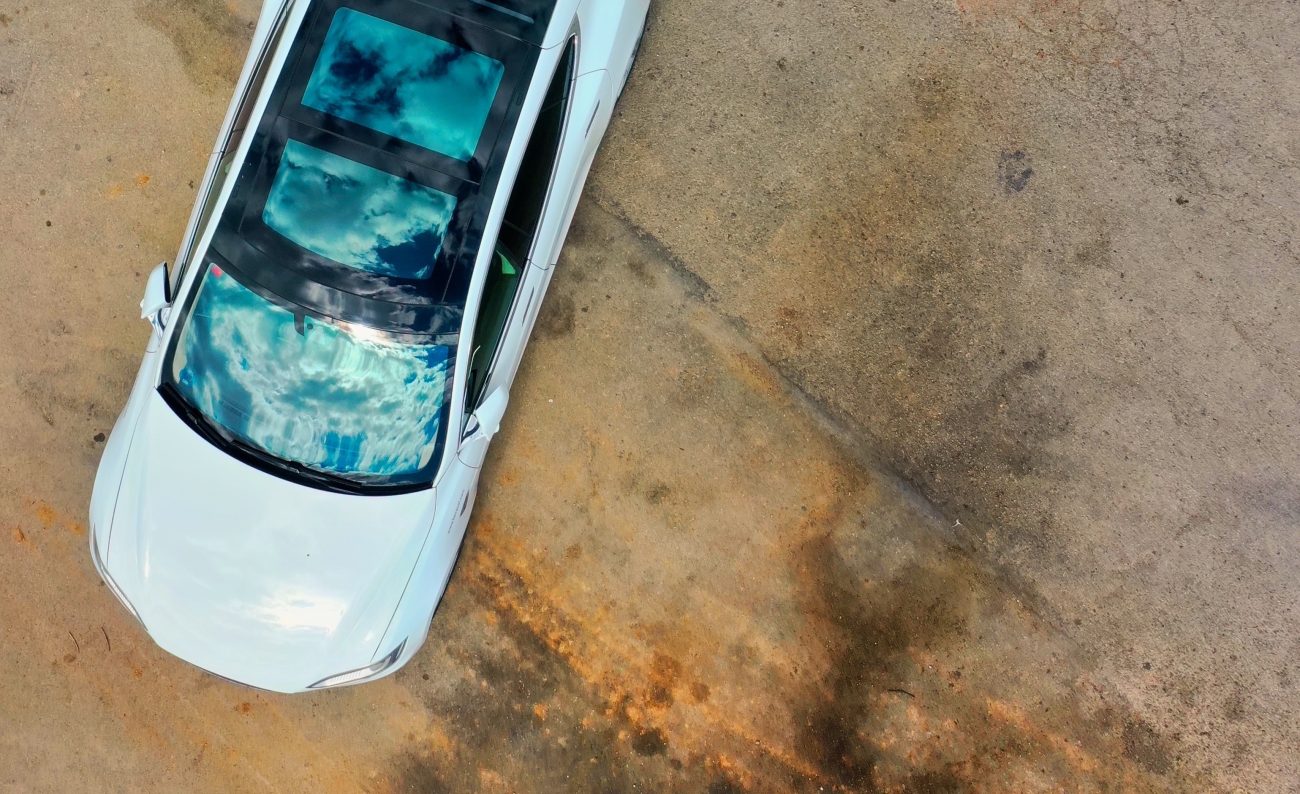
An extensive charger network and easy mobile payment methods will improve the electric vehicle charging experience
The electric vehicle industry is booming despite current erratic electricity prices and challenges in vehicle availability. When it comes to payments, evolution is driven by consumer preferences, legislation and service providers.
The Alternative Fuels Infrastructure Regulation (AFIR) proposed by the EU stipulates that the charging of electric vehicles must be possible with ad hoc payment methods by 2027. This will increase ad hoc payment options that are especially suited for older age groups and occasional charging and that support the cross-border use of electric cars.
The apps will continue to improve the every-day charging experience as more chargers are covered by roaming. EV drivers can conveniently check the locations and availability of more chargers, manage charging remotely and monitor the cost and energy consumption of most charging events in a single app.
Electric vehicles are increasingly popular
Depending on your source, around 35% to 41% of new cars bought in Finland are electric or plug-in hybrid cars (PHEV). This figure is constantly rising as more and more consumers are finding suitable EVs on the market. In the used car import market, the combined market share of EVs and PHEVs is already more than 50%.
“The people using electric vehicles so far have been early adopters. As the number of electric vehicles increases, so does the number of drivers who are not so familiar with the various charging providers and apps available. This is a customer group that appreciates alternative payment solutions, like card payments”, says Dennis Stolt, Head of Digitalisation at Neste.
As more and more EV drivers are entering the market, charging service providers need to keep up on enhancing their service offering, payment options included.
“Charging applications often offer other advantages besides the charging – like lower costs, subscriptions and information on where to find chargers. That’s why I believe the app scene, as well as other payment methods, will be a part of the EV charging game in future as well”, says Antti Vappula, Virta’s head of PR.
Guidelines and consolidation needed for a stable environment for great customer services
“Plug and charge” is the future of the industry. However, it requires some standardisation of roaming networks and prices, and new features from cars as well.
The operator will be chosen by the car by default, according to the attributes defined by the customer – be it cost, time, a subscription with the operator or something else.
“Plug and charge and vehicle-to-grid are the future, from both the hardware providers’ and charging service providers’ points of view“, Stolt says.
Common terms and conditions are needed for customers to enjoy the service level they deserve. It remains to be seen what they will be, as the public and private sectors, regulators and customers all have slightly different perspectives.
“There is a lot of service design potential in electric vehicle charging, in which digital development plays a key role. One example that makes driving electric vehicles more convenient is to inform customers about the location and availability of the nearest efficient charging station“, Stolt says.
The need for easier payments in EV charging is real
The EV charging market has evolved rapidly, and it is only natural that the young industry has not yet reached the end game in payments. More payment and service offerings are being deployed as the industry is working to meet consumer preferences and wishes.
Small and independent charging point operators have not cooperated in the past, which led to overcomplicated payment situations in certain markets as customers needed many applications or RFID tags.
Charging stations now offer everything from physical card payment to mobile payments and subscriptions with different applications, not to forget the RFID tags.
The market is now developing towards even customer-friendlier solutions. Customers need easy ad hoc payment options in addition to their preferred payment option which, according to a recent EPSI rating study, is a mobile application offered by the charging point operator (CPO) or electric mobility service provider (EMSP).
The key is to offer consumer-friendly payment methods and ensure that customers are able to find their preferred one.
Qvik and MobilePay launched a new payment method using QR codes, specially tailored for the EV industry. Mobilepay provides the payment capabilities, while Qvik enables the integrations and seamless checkout experience.
Customer behaviour has changed and will change with the market
The major driver of the change in customer behaviour is that EVs need to be plugged to public chargers for 20 to 40 minutes. This is a lot more than the couple of minutes you need at traditional petrol stations. This time can be spent in useful ways.
Historically, the petrol station infrastructure has been the backbone of fuel delivery, partly due to licences and permits. Fueling stations provide excellent DC charging locations as they are usually situated in central locations and along the busiest routes. Shopping malls, certain parking areas and grocery stores are other logical examples of future charging locations.
EV chargers will probably come closer to the homes or offices of users in addition to destination charging. The smooth development of public charging infrastructure requires cooperation between all stakeholders in the ecosystem.
“Private companies can help the public sector with developing a better charging infrastructure”, says Eemil Rauma, the head of government relations and partnerships at Virta.
Join Qvik’s next event?
This article is based on an event hosted by Qvik in December 2022. The evening started with MobilePay and Qvik launching a new MobilePay payment method for EV chargers. After that came group discussions moderated by Dennis Stolt from Neste, and Antti Vappula and Eemil Rauma from Virta Ltd.
Qvik hosts roundtables, meetups and panel discussions on a regular basis. If you would like to be invited to Qvik’s events, please leave your contact details on the form below.




